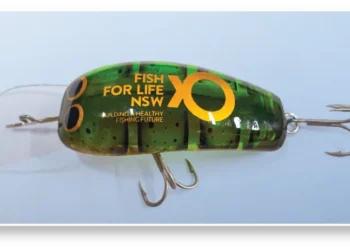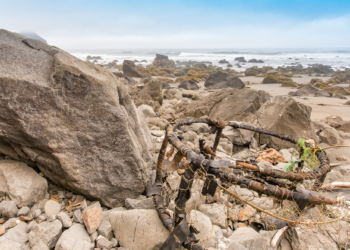
THE University of Tasmania’s Professor of Fisheries and Ecological Modelling, Reg Watson, led a study in which researchers mapped the scale and patterns of change in global marine fishing over nearly 150 years.
The resulting paper Mapping nearly a century and a half of global marine fishing: 1869 – 2015 was recently published online in Marine Policy. The study used historical data dating back to 1869 and new satellite technologies to map and visualise global fishing patterns. Over time, more of the fishing pressure has moved progressively off-shore, particularly in tropical areas.
Professor Watson commented “Much can be learned from looking at historical patterns of fishing, and they can help inform decisions vital to maintaining the marine resources and their environments that mankind depends on.”
Study findings of particular interest include:
- There has been an historical increase in bottom trawling with a corresponding reduction in landings from traditional seine nets over the period
- Fishing started to peak between 1930 and 1940, slowed during World War 2, then returned to pre-war levels with a steep and constant rise to maximum levels in the 1980s to 1990s; since then, levels have fallen slightly despite increasing effort
- The historical increase in bottom trawling has implications for non-target as well as target species and can cause impacts and damage to substrates and bottom dwelling organisms forming marine habitats
- Bottom trawled species once discarded are now often retained for aquaculture feed, with unknown consequences for marine systems
- Since World War 2, there has been a “vast expansion” of small pelagic landings, plus tuna, shrimps and squid, following industrial fishing fleet expansion; before 1900, most fish landings were bottom-dwelling fish
- The use of small pelagics for aquaculture feed has impacts on marine mammals and seabirds which depend on them
- Prior to the 1900s, Canada, the USA and Japan were the key fishing countries; since 1950, Japan, Russia and Peru have been leading; since 2000, China has continued to increase the size of its fishing fleets and landings
- There have been particular impacts of increased fishing by European and Asian fleets on areas subject to little control, such as off the African west and north west coasts
- Climate change presents new management challenges for the future of distribution and productivity of fish stocks
















